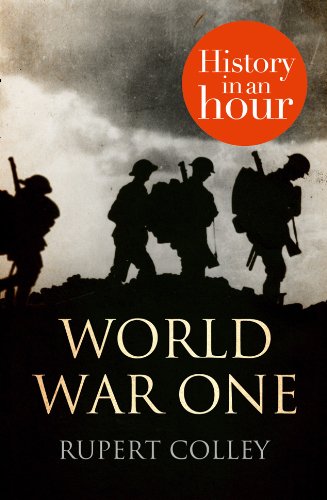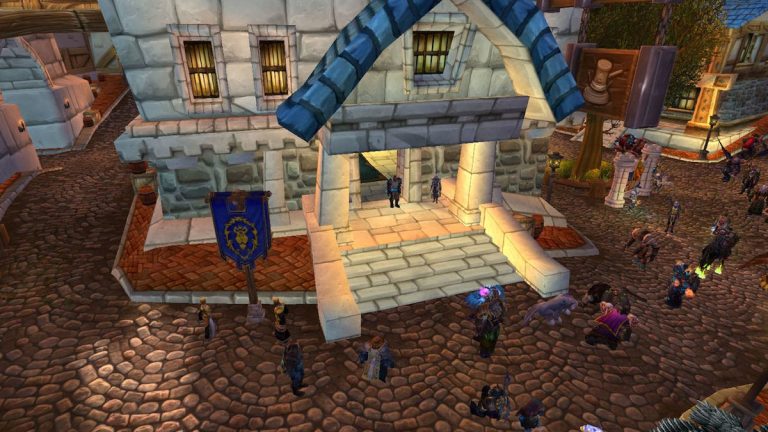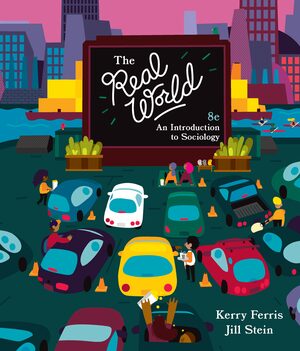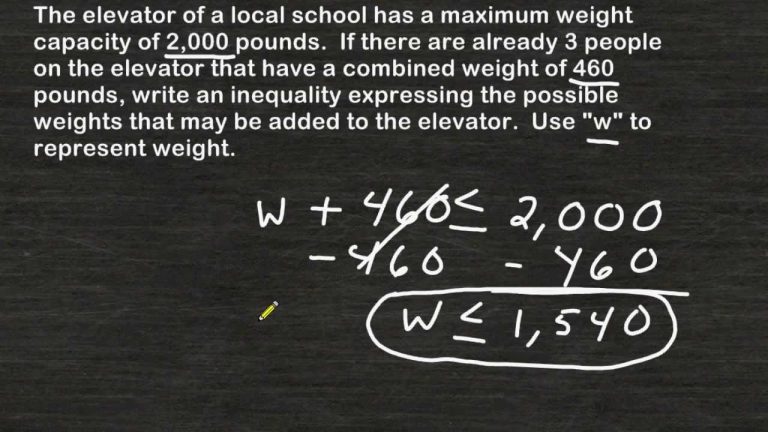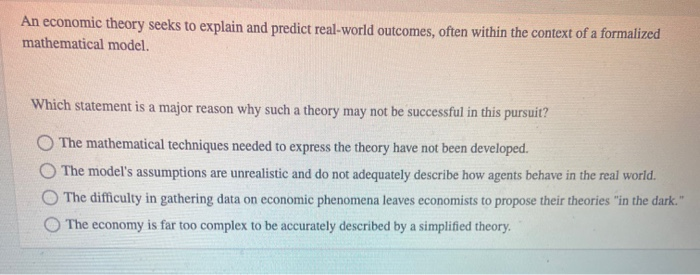World War One History In An Hour
World War One History In An Hour is a brief yet comprehensive guide to the history and legacy of World War One. It covers the main events of the war, from the assassination of Archduke Franz Ferdinand to the armistice of 1918, as well as the causes of the war, the major participants, and the effects of the conflict on the world. The book also provides an overview of the weapons and tactics used and examines the role of key individuals who shaped the war’s outcome. World War One History In An Hour is an ideal resource for anyone wishing to gain a basic understanding of the history of World War One in a short amount of time.
Causes of World War One
World War One is known as the first global conflict of the modern era, and the causes of the war are still debated by historians today. The most commonly accepted explanation is that a complex web of international alliances, economic rivalries, and military tensions resulted in a war of unprecedented scale and destruction. The conflict began when a Serbian nationalist assassinated Archduke Franz Ferdinand, heir to the Austro-Hungarian throne. This event triggered a series of alliances and declarations of war that ultimately pitted the “Allied Powers” of Britain, France, and Russia against the “Central Powers” of Germany, Austria-Hungary, and the Ottoman Empire.
The actual causes of World War One are complex and have been the subject of fierce debate for decades. Many of the major powers were driven by a desire for imperial dominance and economic gain, while smaller countries sought a chance to gain independence and self-determination. In addition, the militarization of Europe in the decades leading up to the war, the alliance system, and the arms race between the major powers all contributed to the outbreak of war. Finally, a series of miscalculations and missed opportunities for diplomacy further pushed the world towards conflict.
Major Battles of World War One
World War One was a conflict like no other in terms of scale and devastation. This conflict, which lasted from 1914 to 1918, saw the mobilization of millions of soldiers and the involvement of dozens of countries. Many of the battles of this war were extremely bloody, with some of them becoming some of the most famous battles of all time. In this article, we’ll take a look at some of the major battles of World War One and the impact they had on the outcome of the war.
The Battle of Verdun, which took place from February to December 1916, was one of the longest battles of the war and claimed around 700,000 casualties. The battle became known for its brutal trench warfare and for the heavy casualties suffered by both sides. The Battle of Somme, another long and bloody battle, lasted from July to November 1916 and saw an estimated 1 million casualties. The Battle of Passchendaele, which took place from July to November 1917, was another major battle and resulted in the deaths of hundreds of thousands of soldiers.
The Battle of Tannenberg, which lasted from August to September 1914, was one of the first major battles of the war and saw Germany defeat Russia. The Battle of Gallipoli, which lasted from April to December 1915, was an attempt by the Allies to break the Ottoman Empire’s defense lines. Although the Allies were ultimately unsuccessful, the battle had a far-reaching impact on the war’s outcome.
World War One was a conflict of immense scale and destruction. The major battles of this war, such as the Battle of Verdun, the Battle of Somme, the Battle of Passchendaele, the Battle of Tannenberg, and the Battle of Gallipoli, have become some of the most famous battles of all time and their outcomes had a significant effect on the war’s outcome.
Impact of World War One on Nations Involved
World War One had a profound and far-reaching effect on the nations involved. For the first time, nations came together to fight a single conflict, and the effects were felt across the world. This conflict redefined the way we perceive war, and its impact can still be felt today.
The most obvious impact of the war was the millions of lives that were lost and the destruction of infrastructure that went along with it. Whole generations of men were wiped out and economies were ruined. For some countries, the war marked the end of an era and the beginning of a new one.
The war also had a political impact on the nations involved. The collapse of the Austro-Hungarian and Ottoman Empires, as well as the Russian Revolution, led to the redrawing of borders and the emergence of new countries. In the United States, the war led to the establishment of the League of Nations, the forerunner of the United Nations.
In addition to the political and economic impacts, the war also had a cultural impact. It changed the way people thought about war and ushered in a new era of technology. The invention of the tank, the airplane, and the machine gun all had a significant impact on the way wars were conducted after the conflict.
Finally, the war changed the way we think about history. It ushered in a new era of historical analysis and interpretation, and it is now seen as one of the defining moments in the history of the world.

Technological Advances During World War One
World War One was a major turning point in history, not only in terms of politics and global relations, but also in terms of technological advancements. During WWI, modern warfare saw the introduction of a number of new weapons and technologies, from the use of tanks and machine guns to the first-ever use of chemical weapons. In addition, the use of airplanes and the development of submarines changed the way wars were fought, bringing a new level of destruction and death to the battlefields of Europe.
This article will explore the various technological advances that were introduced during WWI, as well as the impact that these advances had on the outcome of the war. We will look at the introduction of new weapons and tactics, such as the use of tanks, the development of submarines and airplanes, and the use of chemical weapons. We will also discuss the impact that these advances had on the psychological and physical effects of the war, and how they shaped the course of the war. Finally, we will discuss how these advances continue to influence modern warfare today.
Outcome of World War One
The end of World War One brought a great sense of relief to the world, but it also brought lasting consequences. The Treaty of Versailles, signed in 1919, saw the dissolution of the Austro-Hungarian and Ottoman Empires, the creation of new countries, and the redrawing of borders throughout Europe. The Treaty also imposed harsh reparations on Germany, which contributed to the rise of right-wing extremist parties and ultimately paved the way for the Second World War. The League of Nations was also formed in the wake of the war to promote international cooperation.
In addition to the political ramifications of the war, it also had a significant economic impact. The war caused huge destruction to infrastructure and resources, and it also led to a rise in taxes, devaluation of currencies, and spiraling inflation in many countries. The war also caused disruptions in the global trading system, leading to a worldwide recession in 1920. In the end, the war cost millions of lives, and its effects are still felt today.
Legacy of World War One
World War One was a defining moment in world history, leaving a lasting legacy on society, politics, and culture. From the formation of the League of Nations to the introduction of new technologies, the conflict changed the world as we know it. Though the war has been over for more than a century, its effects can still be seen and felt today.
The League of Nations, established in the wake of World War One, was the first international organization to focus on collective security and peace. The League enabled countries to work together to resolve disputes, and it was a major step in the development of international law.
The war also saw the introduction of new technologies, such as the tank and the airplane. These technologies had a major impact on warfare, and have been used ever since. The war also saw the introduction of new tactics such as trench warfare and chemical weapons, which have forever changed the way wars are fought.
The war also had a profound effect on the economy, with many countries facing economic hardship after the conflict ended. Many countries had to borrow heavily from other countries, and the debt caused by the war was a major factor in the Great Depression.
The conflict also had a major impact on art and culture. Many artists were inspired to create works that reflected the horror and suffering of the war. The war also changed the way people viewed war, leading to a renewed interest in pacifism and the cause of world peace.
World War One had a lasting impact on the world, leaving a legacy that can still be felt today. The formation of the League of Nations, the introduction of new technologies and tactics, and the economic and cultural consequences of the war all demonstrate the legacy of this conflict.
FAQs About the World War One History In An Hour
Q1: What kind of information is included in “World War One History In An Hour”?
A1: The book provides a comprehensive overview of World War One, from its causes and consequences, to the major battles and characters involved. It also delves into the social, economic and political effects of the war.
Q2: How long does it take to read “World War One History In An Hour”?
A2: The book is designed for readers to be able to read the entire book in one hour, however it is possible to read it in less or more time depending on the individual.
Q3: Is “World War One History In An Hour” suitable for students studying the subject?
A3: Yes, the book provides a useful overview of the topic, and can be used as a helpful guide for students studying World War One. It also contains plenty of factual information and analysis.
Conclusion
World War One History In An Hour provides an overview of the events leading up to and during the Great War. It covers the main battles, leaders, and events that shaped the war. It also gives an insight into how the war changed the world and its lasting legacy. This book provides an informative and concise overview of one of the most significant events of the 20th century. It is an ideal introduction to World War One, and an invaluable resource for those wanting to learn more about this important period of history.
